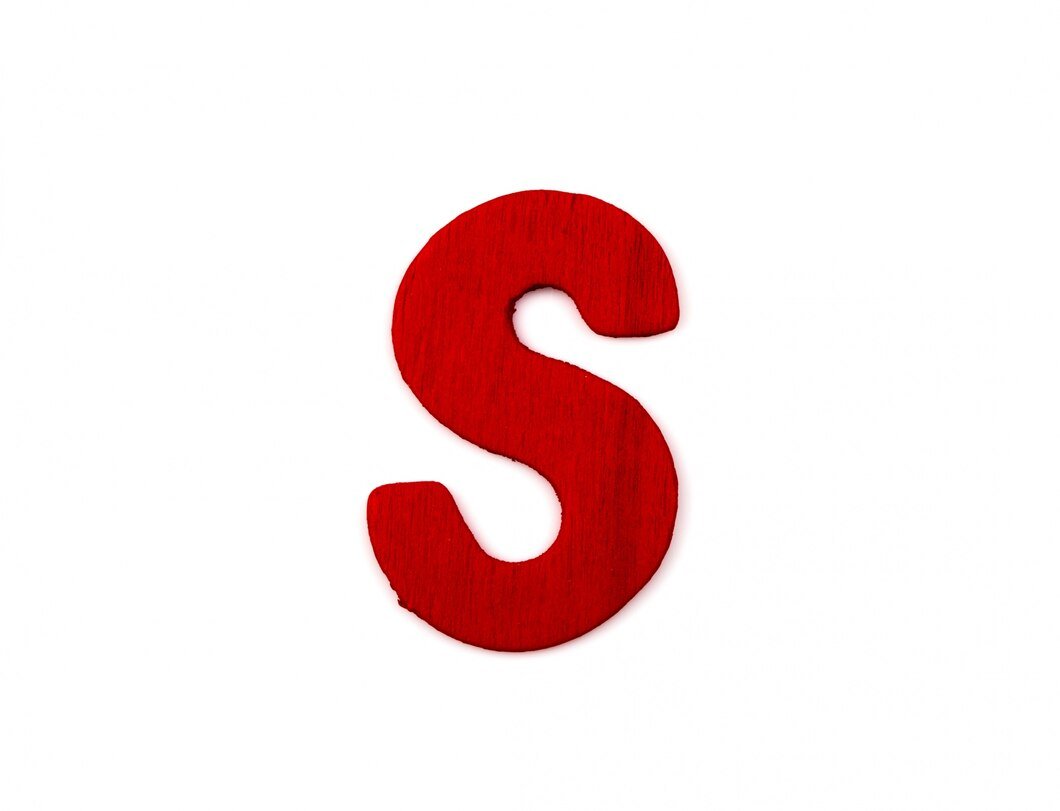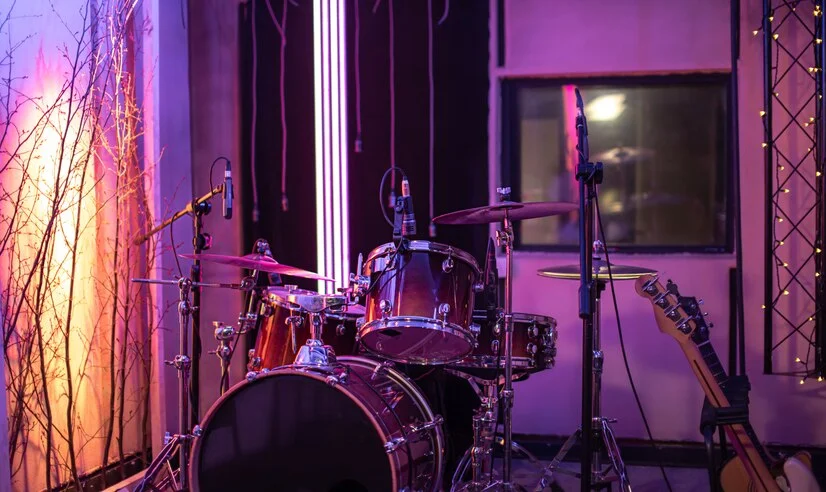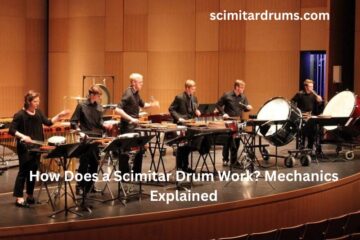It seems like you want an article on “scimitardrum” but this term doesn’t seem to be widely recognized or established in any specific context. It could be a combination of “scimitar” (a type of curved sword) and “drums,” but there is no clear connection between the two in historical, musical, or cultural references.
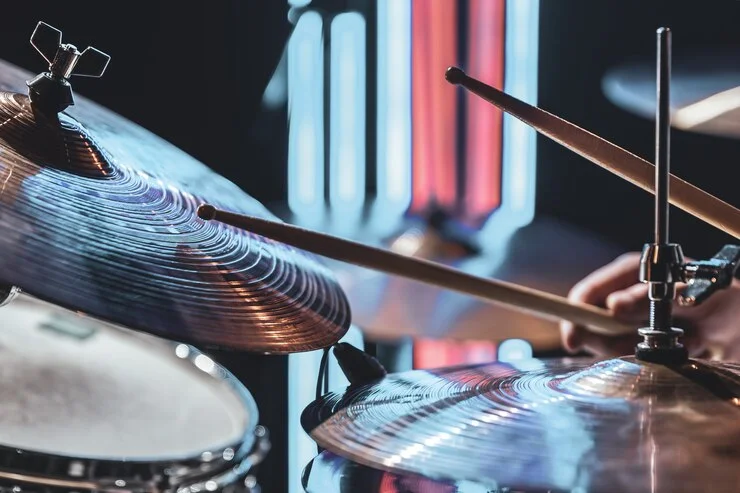
1. The Scimitar: A Historical Overview
A scimitar is a type of sword characterized by a curved blade, typically with a single edge. Originating from the Middle East, it is closely associated with the cultures of the Islamic world, particularly in the regions of Persia, the Ottoman Empire, and the Arabian Peninsula. The blade design of a scimitar is ideal for slashing attacks, as its curvature makes it effective in close combat. Historically, it was used by cavalry, who could strike at opponents while riding horseback.
Historical Significance
The scimitar is not just a weapon; it represents a rich cultural and military history. In Islamic art and symbolism, the scimitar is often portrayed as a symbol of power, strength, and bravery. It was famously wielded by legendary figures such as the warriors of the Crusades and in the legends of Islamic kings and generals.
Additionally, the scimitar often appears in the artwork of the Islamic Golden Age, where it symbolizes the martial prowess of Islamic civilizations. In contrast, it also had spiritual and ceremonial significance, becoming an emblem of authority and royal power.
Also Read. Vault Opener NYT Crossword: An Informative Guide
2. Drums: The Heartbeat of Cultures
Drums are one of the oldest and most widely used musical instruments across the globe. They come in various forms—ranging from large, deep-sounding bass drums to the sharp sounds of smaller frame drums. Drums are used for everything from music and dance to signaling and ceremonial purposes. In different cultures, drums play a central role in rituals, celebrations, and communication.
The Role of Drums in Cultures
In African, Asian, and Indigenous American cultures, drums are often more than just instruments for entertainment—they are tools for communication, spiritual connection, and social cohesion. From the sacred drumming of West African tribes to the war drums of Native American tribes, drumming has been an essential part of many cultures’ practices.
Additionally, drums also have deep symbolic meanings. For example, in some African cultures, drums are believed to be able to communicate with the spirits, while in the military context, drums have historically been used to signal the movement of troops.
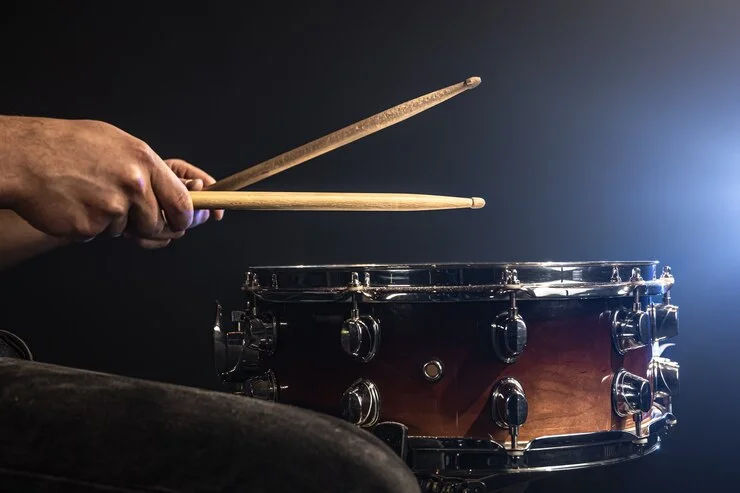
3. The Fusion of Scimitar and Drums: A Symbolic or Creative Interpretation
Now, the term “scimitardrum” could represent an interesting fusion of two powerful cultural elements—the strength and martial prowess of the scimitar and the rhythm and cultural significance of drums.
A Hypothetical Cultural Blend
Imagine a hypothetical society or subculture that celebrates both the martial tradition of the scimitar and the rhythmic traditions of drumming. It could be a group of warriors or ceremonial figures who use the scimitar not only in battle but also in performance arts. In this society, drumming could be central to warrior rituals—each beat of the drum setting the pace for their movements with the scimitar, creating a kind of synchronized performance that embodies both rhythm and strength.
This could be depicted in a variety of ways:
- Ceremonial Drumming and Sword Play: A performance that combines sword dancing with rhythmic drumming. In many cultures, sword dancing has been part of military and warrior traditions, and integrating drumming could amplify the intensity of the performance.
- Battle Drums and Scimitar: In a more practical sense, drumming could accompany warriors who use scimitars, setting the pace for battle. War drums have often been used to rally troops, keep soldiers in rhythm, and boost morale. The sound of the drums could align with the movements of scimitar-wielding warriors in historical reenactments or storytelling traditions.
Symbolic Representation
In a symbolic context, scimitardrum could also represent the fusion of physical strength and the spiritual or cultural power of rhythm. The curved scimitar could symbolize the grace and power of movement, while the drumbeat could symbolize the heartbeat of a culture, religion, or people. This could offer a rich metaphor for life’s battles, where strength must be in harmony with rhythm, and physical action must be guided by a deeper sense of purpose or tradition.
4. Exploring Artistic and Popular Culture Interpretations
If we take the concept of “scimitardrum” into the realm of fantasy, fiction, or popular culture, it could take on even more creative forms. Let’s look at potential fictional scenarios:
In Fantasy Literature and Media
In a fantasy world, the idea of scimitars and drums might be used to describe a warrior culture that uses drumming as a battle tactic. Imagine a tribe of desert-dwelling warriors who wield scimitars, and as part of their battle strategies, they drum before and during combat. The drums could be used to convey war strategies, mark the arrival of enemies, or communicate during battle, while the scimitars serve as symbols of the warrior’s personal honor and skill.
Alternatively, the “scimitardrum” could be a fantastical artifact—a weapon that combines the power of a scimitar with a mystical drum, which, when struck, empowers the wielder with enhanced combat abilities. Such an object could serve as the centerpiece of a fantasy story or game, where the protagonist must master both swordsmanship and rhythmic control to defeat an overwhelming enemy.
In Music and Performance Art
In terms of live performances, the combination of scimitars and drums could inspire creative artistic shows. A performance piece could involve dancers wielding scimitars while drummers provide an intense and rhythmic backdrop. This could be explored in traditional dance, martial arts demonstrations, or contemporary artistic performances, blurring the lines between physical prowess and rhythmic movement.
In Modern Video Games
In the world of video games, “scimitardrum” might be a concept for a unique character class or faction. The “Scimitar Drummers” could be a group of characters who are adept at both drumming and swordplay. Their combat abilities might be tied to the rhythm of their drumming, allowing them to enhance their sword skills with the beats they create. This would add an interesting mechanic to the gameplay, where the timing of the drums would influence the effectiveness of the combat moves.
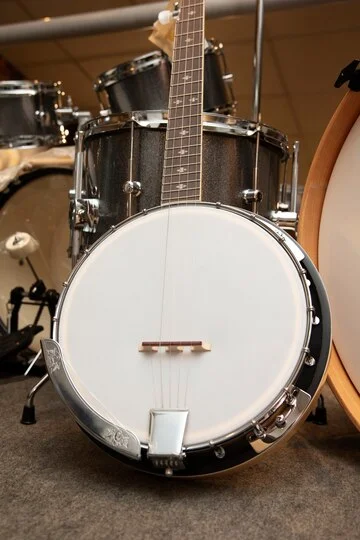
Conclusion: Exploring the Creative Potential of Scimitardrum
While “scimitardrum” is not a term rooted in history or tradition, it holds exciting creative possibilities. By combining the martial elegance of scimitars with the rhythm and cultural significance of drums, it could symbolize the union of physical strength and spiritual rhythm. Whether explored through art, music, or fiction, “scimitardrum” offers an imaginative blend of elements that can inspire new stories, performances, and concepts in modern culture.
Ultimately, “scimitardrum” invites us to think outside the box, encouraging a fusion of diverse traditions—melding the ancient and modern, the martial and the musical. Whether used in a battle context, a performance, or as a symbol of power and balance, this term opens the door for infinite creative interpretations and explorations.
FAQs about Scimitardrum
1. What is the meaning of “Scimitardrum”?
The term “scimitardrum” is not a widely recognized phrase, but it can be interpreted as a creative fusion of the concepts of scimitars (curved swords) and drums (musical instruments). It could represent a symbolic or artistic combination of martial strength and rhythm, potentially within a cultural, ceremonial, or fantasy context.
2. Is “Scimitardrum” associated with any historical traditions?
While there is no direct historical tradition or widely known practice specifically called “scimitardrum” it could draw inspiration from historical practices where martial and musical traditions merged, such as drumming in battle or ceremonial sword dances. Cultures like those of the Middle East, Persia, or the Ottoman Empire often used scimitars in warfare, while drumming has been central to many societies for communication, ritual, and celebration.
3. Can “Scimitardrum” be used in modern-day performance or art?
Yes, the concept of “scimitardrum” can be used creatively in modern performances or art. For example, a performance might combine martial arts, sword dancing, or synchronized movements with live drumming, creating a dramatic and dynamic show. It could also appear in fantasy and video games as a unique concept, where characters wield scimitars and use rhythmic drumming to power their abilities.
4. Could “Scimitardrum” be a weapon or artifact in a fantasy setting?
Absolutely! In a fantasy world, “scimitardrum” could refer to a magical or mythical artifact—perhaps a scimitar with an enchanted drum built into it. The rhythm of the drum could influence the powers of the scimitar, providing its wielder with special abilities when the drum is struck in time with battle movements.
5. How can “Scimitardrum” be applied in modern storytelling or fiction?
In modern storytelling, “scimitardrum” could represent a unique warrior culture or fantasy faction that uses both the skill of swordsmanship (with scimitars) and the power of rhythm (through drums) to enhance their abilities. This could add depth to characters, battles, and the world-building of a fictional universe.
For more information visit Scimitardrums.
